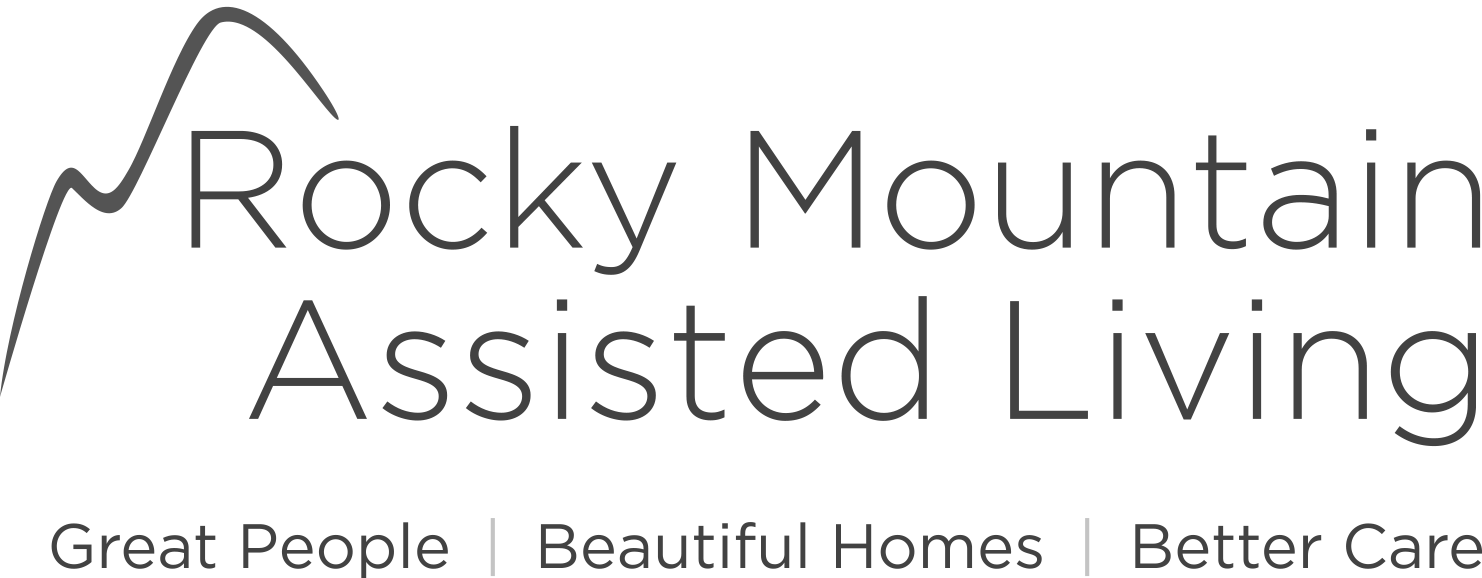Because today’s seniors have so many choices when it comes to their living arrangements and personal care, it can be difficult to understand how these alternatives compare. However, doing so is crucial to selecting the right community for your loved one.
For example, retirement homes are ideal for seniors in good health who value their freedom but no longer want the responsibility of maintaining their own home. Living in a structured community allows them to set their own schedules, stay active, participate in scheduled events, and socialize with like-minded peers. At the other end of the spectrum are nursing homes, often required for seniors with serious medical conditions or illnesses. Nursing homes can help those that require frequent hospitalization or rehabilitative care or have conditions that will progressively worsen over time.
Assisted living combines the freedom of independent living with skilled hands-on care from nursing professionals. This solution encompasses a broad range of flexible care options for seniors based on their unique needs and preferences. One of the greatest benefits of this kind of senior care is that it allows one all-inclusive facility to provide seniors with varying levels of assistance as they age in place, rather than disrupting their lives to move them through multiple facilities. Assisted living facilities classify care into multiple levels, each with different guidelines and costs. Familiarizing yourself with these levels of care is crucial for understanding the options available to your senior and confirming that they will receive proper support as they age and change.
What Are the Five Levels of Care in Assisted Living in Centennial, CO?
Most states do not mandate that assisted living facilities adhere to the same levels of care, so each facility develops its own structure based on the needs of its residents. However, many of these facilities do follow similar guidelines, including the amount of assistance that is needed for activities of daily living (ADLs) like eating, bathing, dressing, taking medication, moving in and out of bed or a wheelchair, walking, and using toilet facilities. In general, lower levels of care are for residents who need minimal assistance. Higher levels of care are for residents who need more comprehensive assistance from caregivers or memory care for individuals with Alzheimer’s and other neurodegenerative diseases.
- Level One: Independent LivingSeniors in level one care can accomplish all ADLs independently without any intervention from staff or family members. They can also negotiate stairs if an emergency arises. Individuals in level one care only need limited room service and do not suffer from memory impairment, but they would benefit from services such as meal preparation or housekeeping. Only minor encouragement is needed to socialize and engage in activities with other residents.
- Level Two: Minimum AssistanceSeniors in level two care can either walk or transfer in and out of bed or wheelchairs independently. They are also able to do so in an emergency. They do not require verbal reminders to prevent falls, can manage their own medications and doctor appoints, have both bladder and bowel control, and can bathe without assistance. These seniors may experience minimal memory impairment, so assistance with meals and housekeeping is helpful. However, they can independently plan and engage in social activities.
- Level Three: Stand-By AssistanceSeniors in level three care often require verbal cues or physical assistance to perform specific ADLs like moving, eating, bathing, and housekeeping. They may need help responding to an emergency and experience occasional incontinence. These seniors sometimes suffer from disorientation or memory impairment, and they often need medication management. Individuals in level three care need reminders or encouragement to participate in social activities.
- Level Four: Hands-On AssistanceSeniors in level four care require more hands-on assistance with ADLs and must be physically assisted in an emergency. They frequently experience impaired memory, disorientation, and mild confusion. These seniors usually require one person to help them transfer in and out of bed or a wheelchair, medication management, and assistance with toileting and bathing. They also need help with meals, nutrition, and housekeeping. Most must be encouraged to participate in social activities or escorted to these activities.
- Level Five: Total AssistanceSeniors in level five care require total hands-on assistance for most or all ADLs and require supervision in an emergency. Transferring them in and out of beds or wheelchairs often involves two people or a mechanical lift. Others are completely bedridden. These seniors need help with managing medication, behavior, incontinence, and bathing. Verbal cues or physical assistance is often needed for eating or managing other parts of their day, and they must be escorted to activities or visits with other residents. They may also require complex medical monitoring if they suffer from chronic pain or have an elevated risk of falls.
Level five care involves 24-hour nursing supervision or daily skilled nursing services, such as physical therapy, speech therapy, or memory care. Physical therapy is used to help seniors regain strength and balance, increase range of motion, or prevent falls. Similarly, speech therapy improves communication skills. Memory care involves a range of therapies and restorative services for improving memory and maintaining mental flexibility. It may include cognitive behavioral therapy, individual therapy, group therapy, and daily mental exercises. Residents with memory impairment live in rooms designed to help them succeed, preserve their dignity, and prevent accidents or injuries.
Select a Facility That Meets Your Loved One’s Care Needs
If you are considering assisted living for your loved one, make sure you ask prospective facilities about the levels of care they offer during your interview. Most facilities assess potential residents to determine their initial needs and suggest the appropriate level of care when they join the community. Learning about their levels of care ensures you understand the amount of care your senior will require. When you are aware of the options each facility provides, you can make an informed decision about which one would be right for them. This knowledge also helps you budget for your senior’s current costs and estimate future costs that may arise if they continue to decline in health.
Contact Rocky Mountain Assisted Living today to schedule a tour of our community and speak with our team about the levels of care we offer.


